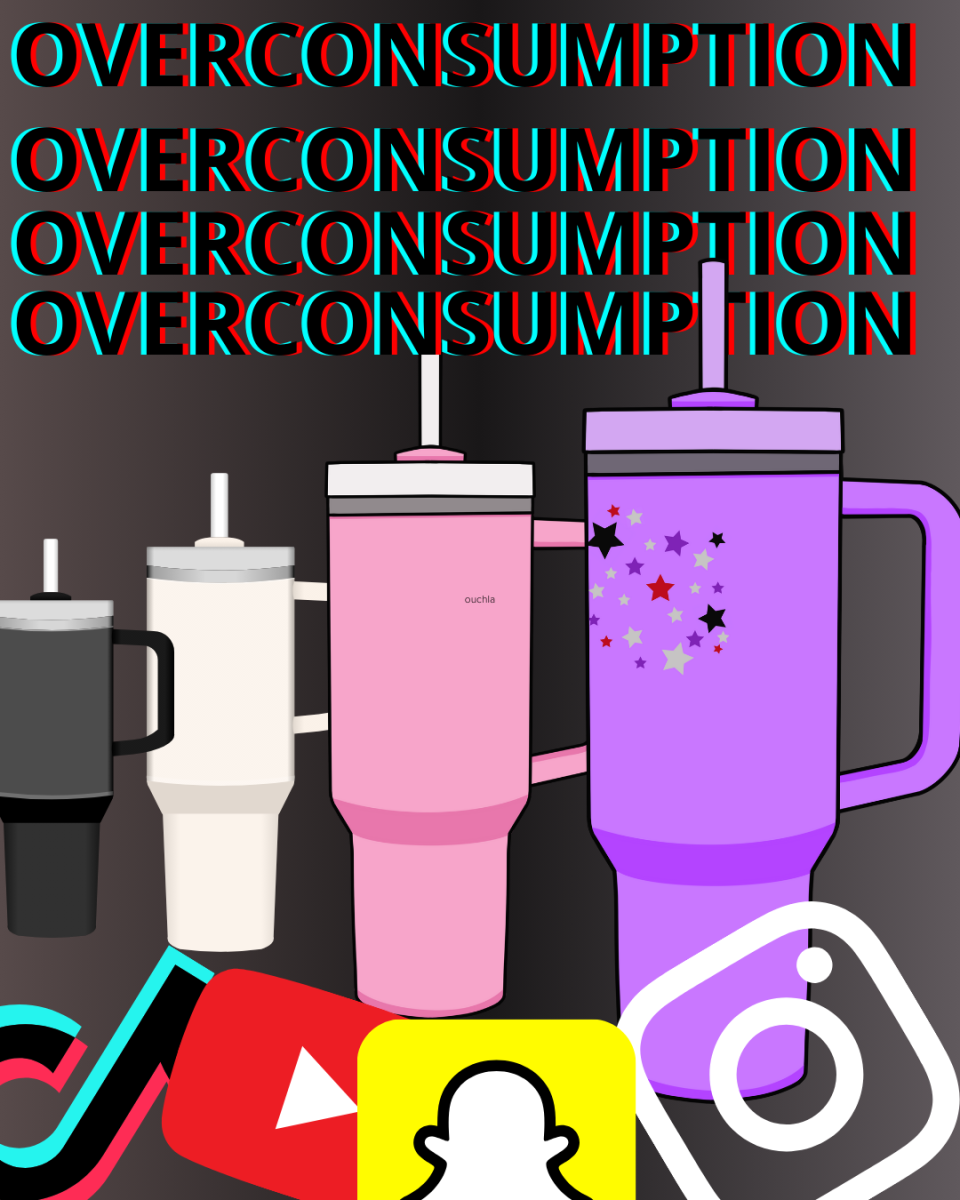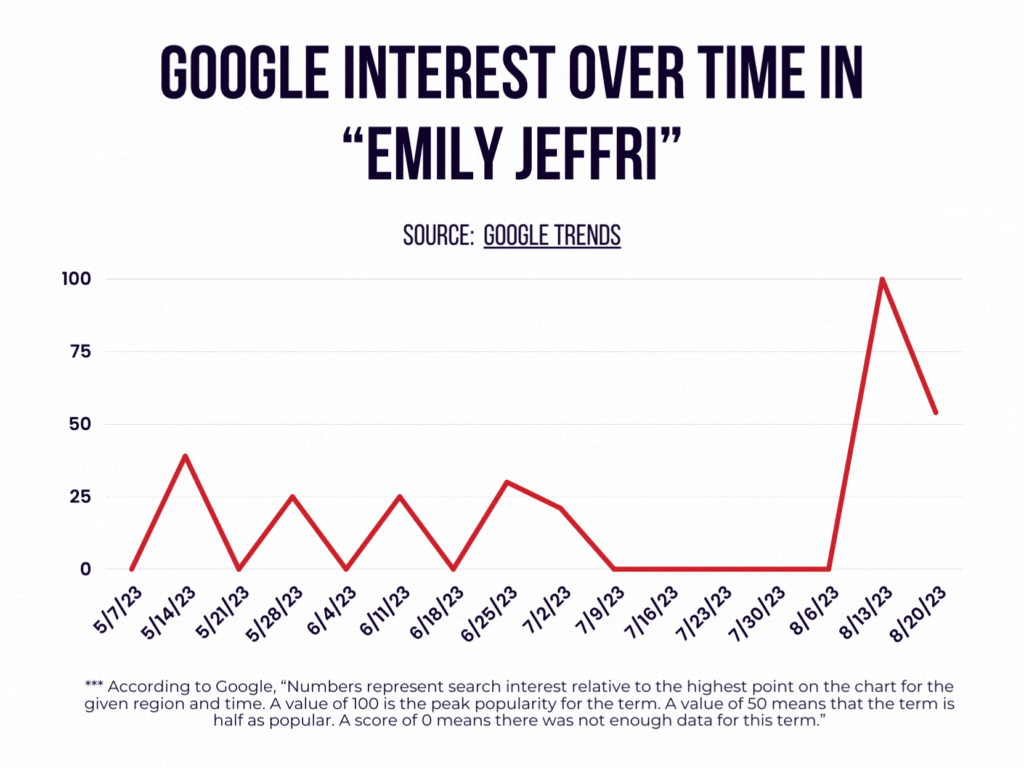Social media’s online marketplaces have heightened overconsumption rates and in turn has convinced us to purchase things we don’t need. Expected to exceed $6.3 trillion dollars in sales in 2024 according to Statistic, e-commerce continues to grow in dominance. Websites like Temu, AliExpress, Amazon Wish, Poshmark, SHEIN, and other marketplace retailers have become global monetary superpowers.
It’s not uncommon to hear these now household names whenever a person mentions where an item is from. Social media contributes greatly to this exponential growth ever since “influencers” have come into play. According to Merriam-Webster dictionary, an influencer is known as “a person who is able to generate interest in something (such as a consumer product) by posting about it on social media.”
Typically, if you see someone you follow on social media, that you might admire, use a makeup product or a new gadget that you don’t already have, you feel inclined to purchase it, even if it’s something you don’t inherently need. This feeling is called compulsive consumption. Influencer word usage when promoting content contributes to compulsive compulsion: “You need to get this.”, “Everyone you know has this already, it’s the new hot thing!” This very purposeful wording’s purpose is to get followers to go out and purchase whatever influencers are marketing.
The recent implementation of social media marketplaces has contributed to compulsive consumption as well. Most notably, TikTok shop which has generated $363 million in the last year, according to The Future of Commerce. Because of their algorithmic nature, social media apps are designed to push out things you might like to purchase on their consumers’ feeds. Seeing an item repeatedly whether that it be mentioned by a followed influencer, or a pop-up ad, that’s specially curated for the consumers that view them can be hard to ignore.
However, that doesn’t disregard the fact that most of these products lack necessity. “Get Ready with Me to Pack My Stanley Cup for a Hike.” Packing a tumbler cup wasn’t always the norm, but now Stanelys can be accompanied with a fabric carrier complete with a separate compartment for Touchland brand hand sanitizer, a battery controlled mini fan, a snack tray, and specially shaped cylindrical ice cubes to fit the cup perfectly. Although these packing videos make for creative content, they do more harm than good.
Buying silicone ice molds even though regular shaped ice cubes would provide the same service, is just an example of how this casual overconsumption mindset has crept its way into our lives.
People are becoming comfortable with not using what they already have, which leads to the increasing waste of resources and money. The idea of “waste not, want not” has become a forgotten saying in the actions of today.
All hope is not lost for the overconsumption craze, though. Some content creators have created “de-influencing” videos, which also bring attention to this issue and wake people up about just how many unnecessary products they’re considering purchasing. They explain logical alternatives for buying such things and pose questions like “how often would I use this?” that people don’t normally ask when caught up in compulsive consumption.
All of this is not to say that you can’t buy things you want at all, it might help to ask yourself these questions before you press purchase:
- Is this a need? If so, how immediate is it?
- Do I already have something similar? Why can I not use that instead?
- How often do I think I will use this? Is it useful?
Limiting social media use can be beneficial in preventing the temptation of buying non-essential items. Being mindful of just how much you consume can help you in the long run.









